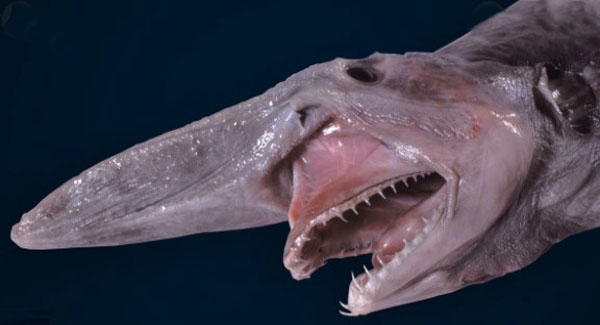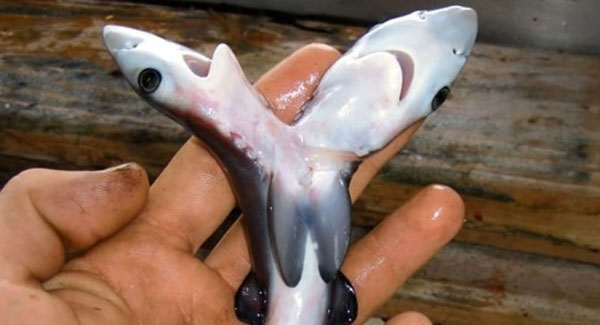Not only was Megalodon the biggest prehistoric shark that ever lived; it was the largest marine predator in the history of the planet, vastly outweighing both the modern Great White Shark and ancient reptiles like Liopleurodon and Kronosaurus.

In its prime, these sharks could grow to 60 feet long. Its teeth were as big as a human hand. As the largest sharks to ever live, these animals ruled the sea with their massive appetite. However, millions of years ago these sharks went ᴇxᴛɪɴᴄᴛ. Paleontologists are still not quite sure why they have ᴠᴀɴɪsʜᴇᴅ, but the fossilized remains have fascinated naturalists and casual observers for decades.

Since Megalodon is known by thousands of fossilized teeth but only a few scattered bones, its exact size has been a matter of contentious debate. Over the past century, paleontologists have come up with estimates, based mainly on tooth size and analogy with modern Great White Sharks, ranging from 40 to 100 feet from head to tail. But the consensus today is that adults were 55 to 60 feet long and weighed as much as 50 to 75 tons and some superannuated individuals may have been even bigger.

Megalodon probably had a major impact on the structure of marine communities. The fossil record indicates that it had a cosmopolitan distribution. It probably targeted large prey, such as whales, seals and sea turtles. Juveniles inhabited warm coastal waters and fed on fish and small whales. Unlike the great white, which ᴀᴛᴛᴀᴄᴋs prey from the soft underside, megalodon probably used its strong jaws to break through the chest cavity and ᴘᴜɴᴄᴛᴜʀᴇ the heart and lungs of its prey.

While the Megalodon was certainly the largest shark known to have ever lived, it was not the only contender for biggest fish! Leedsichthys problematicus, meaning “Alfred Leed’s problem-causing fish”, was another prehistoric ocean giant. Estimates put Leedsichthys at approximately 16.5m long, substantially larger than the average Megalodon. Although huge, this fish was probably a filter-feeder, not a predator.


In fact, Megalodon might not even have been the largest predator in the ocean at the time it was alive – the recently discovered Leviathan whale (Livyatan melvillei) was potentially larger than Megalodon and occupied the same territorial waters. The Leviathan was likely a close ancestor of modern sperm whales, but it was a true apex predator with the largest teeth of any known animal (more than twice the size of the Megalodon’s) and likely used a similar ʜᴜɴᴛɪɴɢ strategy of modern orca whales.


Megalodon went ᴇxᴛɪɴᴄᴛ about 2.6 million years ago when the earth underwent a period of cooling, causing a drop in ocean temperatures and a corresponding disappearance of many of the large whale populations which Megalodon would have relied on for food.





